This healthy slow-fermented flaxseed meal & whole wheat sourdough bread recipe is perfect for beginner and experienced bakers alike.
The dough handles extremely easy and when you get to shaping it holds nice and firm. The rise is even and it has a lovely bloom in the oven.
It makes delicious sandwiches when toasted and topped with cured salmon gravlax and guacamole or simply with some mushroom garlic butter.
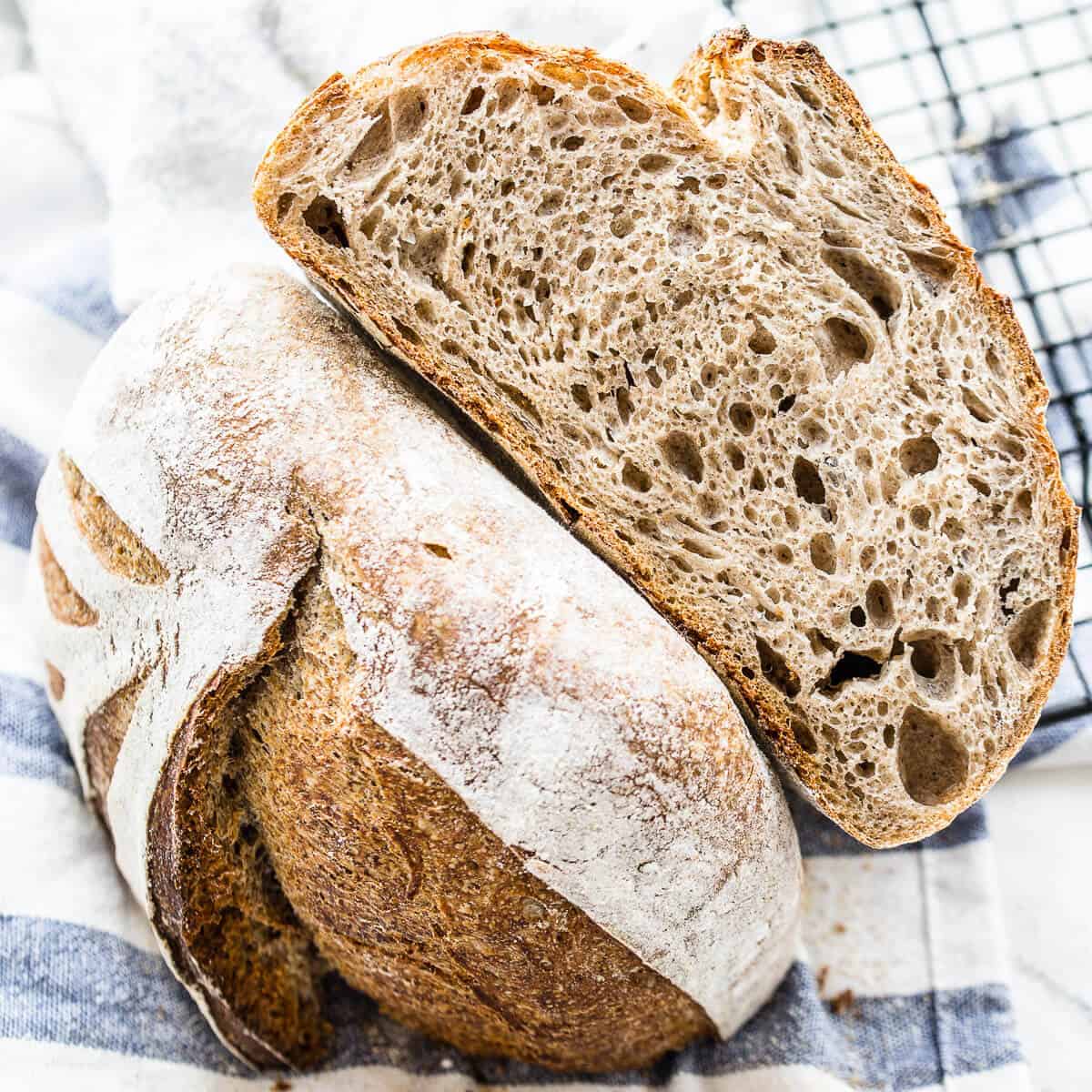
Jump to:
This recipe uses a combination of flours to give it its own unique texture and flavour.
Flaxseed meal has a great water retention quality and it also helps stabilise the lattice structuring the bread otherwise just held together by the gluten.
Of all the sourdoughs I've made this recipe is one of my all-time favourites.
The smell is beautifully earthy, the crumb light as a cloud and crust ever so slightly chewy while also being crunchy. All the good qualities one could expect from a great sourdough bread.
Useful equipment
Ingredients
- White bread flour - Use a good unbleached brand with a protein content of 10% or higher.
- Flaxseed meal - Easily bought from most supermarkets or health food shops. You could also grind up some whole flaxseeds.
- Whole wheat Flour - Most brands will do. Just make sure it's not too coarsely ground.
- Sourdough starter - Rye starter works great and is what I use in this recipe. Here is my rye starter recipe I use for making regular sourdough and sourdough baguttes. You could also use a regular wheat flour starter.
Instructions
If you're new to sourdough baking I suggest you read my sourdough starter and beginner sourdough recipe posts first before starting on this one.
Making the dough:
- Mix together 280 grams of water with the starter and dissolve. Mix the white bread flour, wholemeal flour and flaxseed meal. Add the two mixes together and mix until all the water is absorbed.
- Cover and let autolyse for an hour(this is to ensure the flours get hydrated properly). In the meantime, mix 25 grams of boiling water with 8 grams of salt. Let this cool down as we will add it in the next step.
- Once the hour is up, add the salted cooled down water and mix through the dough well. Give the dough its first stretch and fold. (If you do not know how this works then go and read my sourdough tutorial on this site. Repeat this process 4 times resting covered 30 minutes between each one. When the last 30 minute resting time is up, it's time for shaping and overnight slow proof in the fridge.
- Shape the loaf as described in this sourdough bread tutorial. Flour a banneton or proving vessel generously. Pop the bread in, cover it with a shower cap or plastic bag and let it proof overnight or up to 24 hours.
- The next day or when the time is up, remove the bread from the fridge and let it sit at room temperature for 45 min.
- As soon as you remove the bread from the fridge, Turn your oven to 250°C or 482°F with an oven-safe bowl filled with boiling water. This will get everything ready for the all-important baking step. Make sure to put your baking tray or skillet in the oven so that everything is piping hot. We are trying to imitate a baker's oven so make sure you don't skip this step.
Baking the bread:
- With the tray(skillet) and oven hot, sprinkle some semolina onto the tray or skillet. Flip your bread carefully onto the hot surface and slash it with a lame or sharp knife. If you are a beginner keep the cutting simple. Slash at a 45 degree angle and 2 centimetres or 0.8 inches deep.
- Once the loaf is slashed put it into the oven and turn the temperature down to 220°C or 428°F. Make sure you still have water in the oven to keep it nice and steamy.
- Bake for 30 minutes then flip the bread upside down and bake 5 minutes more. Remove the bread from the oven and cool down on a wire rack.
- When completely cooled down cut and slap some butter on it or dip in olive oil. Enjoy!
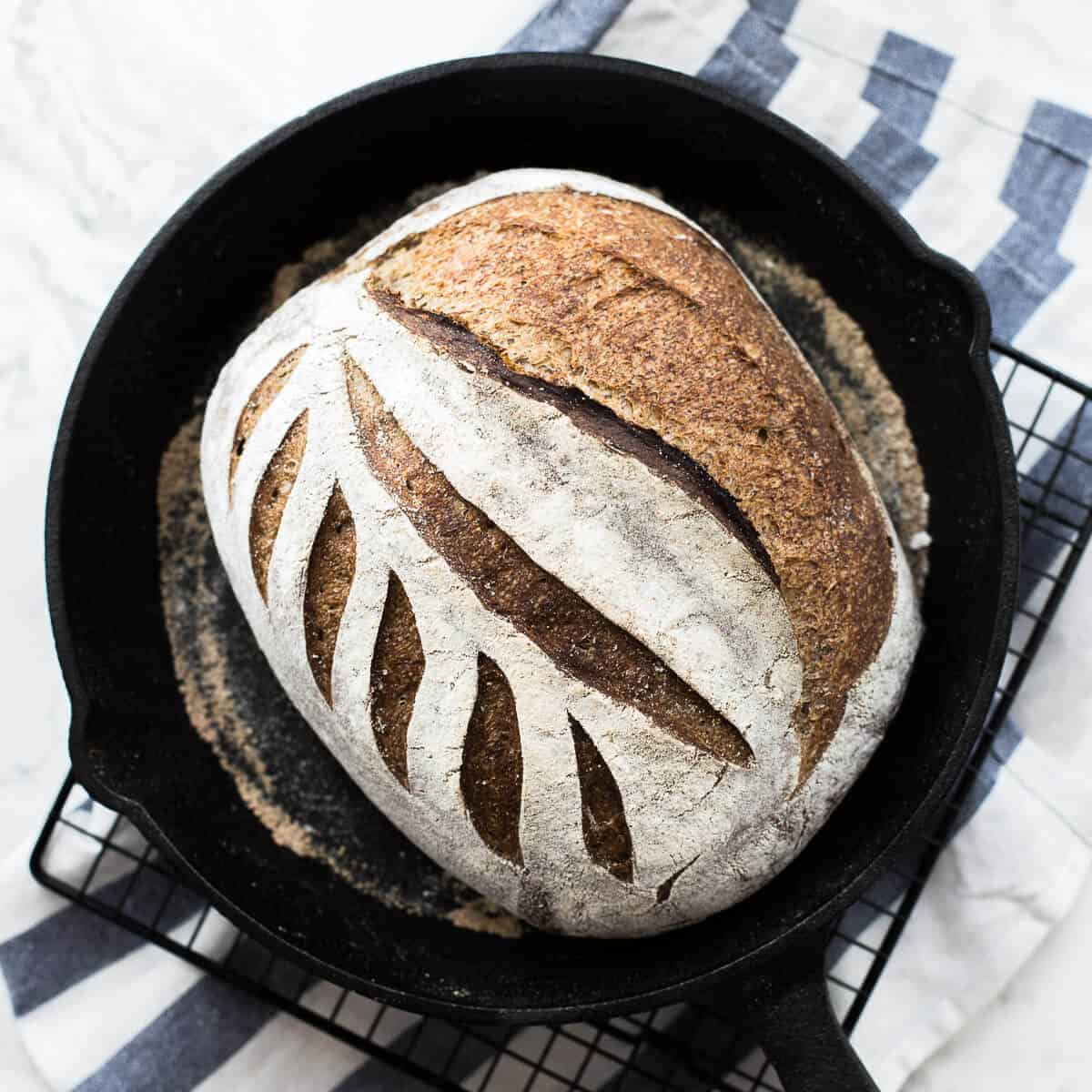
Tips for success
This sourdough recipe produces a very manageable dough easy for beginners to handle. However, baking is a simple skill but, needs to be practised before you master it. It's not as simple as throwing together a few ingredients and you're done.
- Use an active healthy sourdough starter.
- Shape your dough well.
- If the fridge fermentation is slow let it ferment longer.
- Make sure to heat your oven and baking tray or dutch oven well in advance.
- Place boiling water in the oven to make sure it's steamy.
- Slash your bread at an angle and make sure it deep enough.
- Bake until you have good colour and a nice dark brown crust.
- Let the bread cool down coomletely before slicing.
Serving suggestions
My absolute favourite is fresh still slightly warm with butter, sea salt and a bit of freshly cracked black pepper. Below are a few other bright ideas:
- Breakfast - Great for breakfast with some cured salmon, baked eggs. Toast and top with ricotta and these oven-dried cherry tomatoes for a simple yet delicious bruschetta.
- Soups and stews - Freshly baked bread with soups and stews are a must. Amazing with this Ukrainian beetroot soup, Potato and leek soup or this Viking sausage stew.
- BBQ - No barbecue complete without some great freshly baked bread. Make this crispy pork belly and put in onto this bread with creamy tahini coleslaw.
- Alternatives - Don't waste a single crumb. Make these croutons using leftover bread a few days old for using in Caesar salad.
Variations
- Flaxseed meal - Substitute for chia seeds.
- Flour - Easily change the wholemeal flour for rye, buckwheat or spelt flour.
- Add ins - Add a touch of turmeric, blue pea flower, matcha, or 100% cocoa powder to this recipe to give your bread extra special character, colour and flavour.
Storing instructions
Once cooled it will last for up to 4 days sealed airtight at room temperature.
It can also be frozen for up to 3 months.
It's best to slice it, seal it airtight in smaller portions of two slices and then freeze for ease of use.
THIS PAGE CONTAINS AFFILIATE LINKS - I MIGHT EARN A TINY % OF THE SALE THROUGH THESE LINKS AT NO EXTRA COST TO YOU. PROBABLY NOT EVEN ENOUGH TO BUY A BEER).
IF YOU FOUND THIS ARTICLE HELPFUL OR HAVE LEARNED SOMETHING, COMMENT, SUBSCRIBE AND FOLLOW ME ON SOCIAL PLATFORMS FOR MORE TASTY RECIPES
Recipe
Flaxseed Meal Sourdough Bread
Ingredients
- 330 g (2 ⅔ cups) white bread flour
- 40 g (⅓ cups) whole wheat flour
- 30 g (⅕ cups) flax meal
- 305 g (1 2/7 cups) water
- 60 g (4 tablespoon) active sourdough starter
- 8 g (1 ⅓ teaspoon) salt
Instructions
- Mix together 280g of water with the starter and dissolve.305 g water, 60 g active sourdough starter
- Mix the white bread flour, whole wheat flour and flax meal together.330 g white bread flour, 40 g whole wheat flour, 30 g flax meal
- Add the two mixes together and mix until all the water is absorbed.
- Cover and let autolyse for an hour(this is to ensure the flours get hydrated properly).
- In the meantime, mix 25g of boiling water with 8g of salt. Let this cool down as we will add it in the next step.8 g salt
- Once the hour is up, add the salted cooled down water and mix through the dough well.
- Give the dough it's the first stretch and fold.
- Repeat this process 4 times resting covered 30 minutes between each one.
- When the last 30 minute resting time is up, it's time for shaping and overnight slow proof in the fridge.
- Shape the loaf as described in my sourdough bread post linked above.
- Flour a banneton or proving vessel lined with towel generously. Pop the bread in, cover with a shower cap or plastic bag and let it proof overnight or up to 24 hours.
- The next day or when the time is up, remove the bread from the fridge and let it sit at room temperature for 45 min.
- As soon as you remove the bread from the fridge, Turn your oven to 250°C or 480°F with an oven-safe bowl filled with water in it. This will get everything ready for the all-important baking step. Also, make sure to put your baking tray or skillet in the oven so that everything is piping hot. We are trying to imitate a baker's oven so make sure you do this step correctly.
- With the tray(skillet) and oven hot, sprinkle some semolina onto the tray or skillet.
- Flip your bread carefully onto the hot surface and slash it with a lame or sharp knife dipped into the water. If you are a beginner keep the cutting simple.
- Once the loaf is slashed put it into the oven and turn the temperature down to 220°C or 428°F. Make sure you still have water in the oven to keep it nice and steamy in the oven.
- Bake for 30 minutes then flip the bread upside down and bake 5 minutes more.
- Remove the bread from the oven and cool down on a wire rack.
- When completely cooled down cut and slap some butter on it or dip in olive oil. Enjoy!

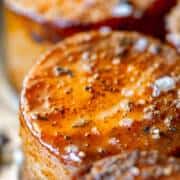
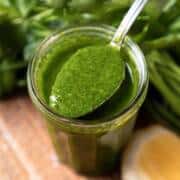

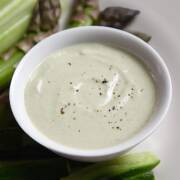
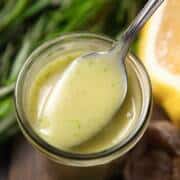
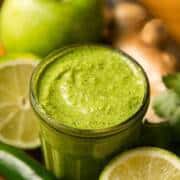

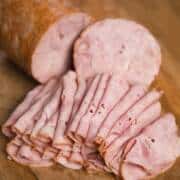

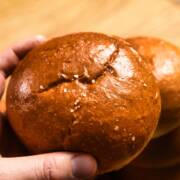
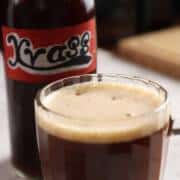
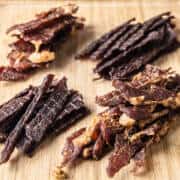
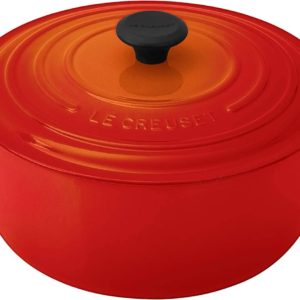
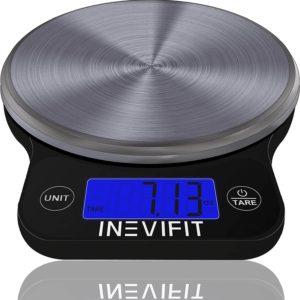
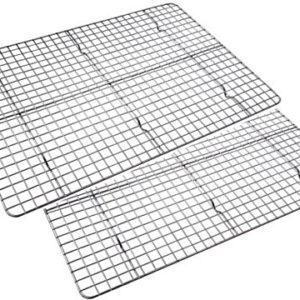
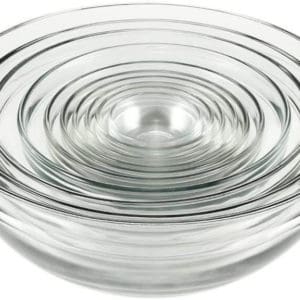
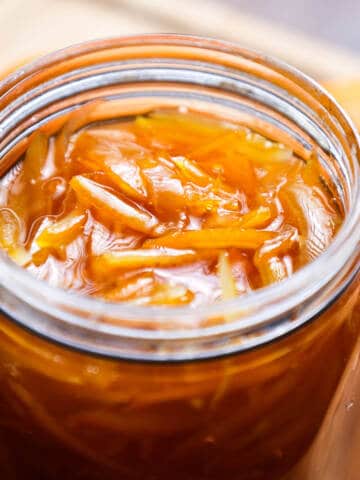
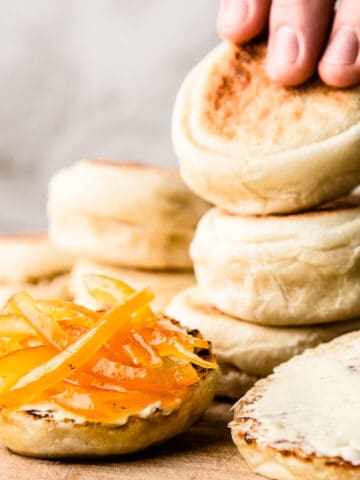
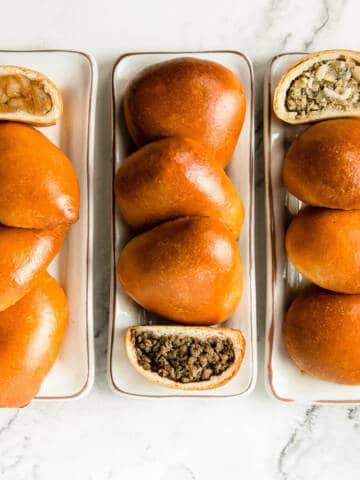

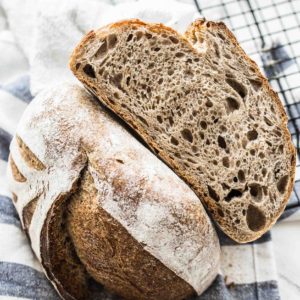
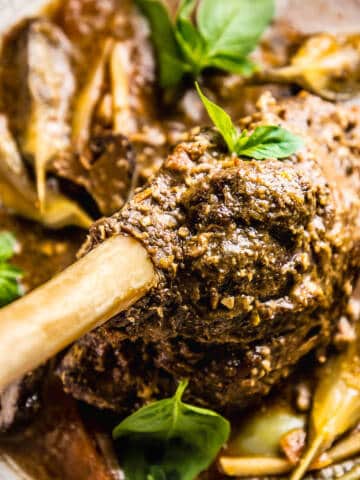
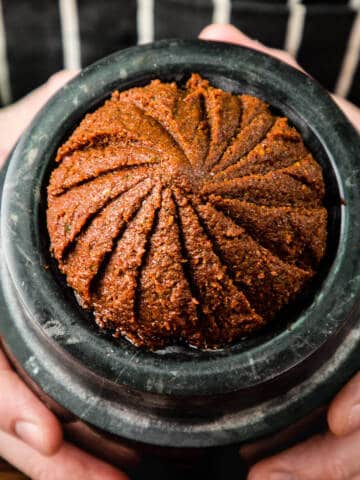
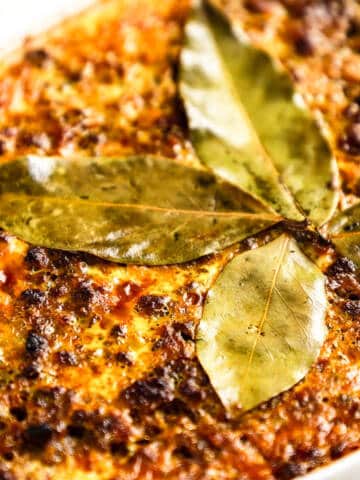
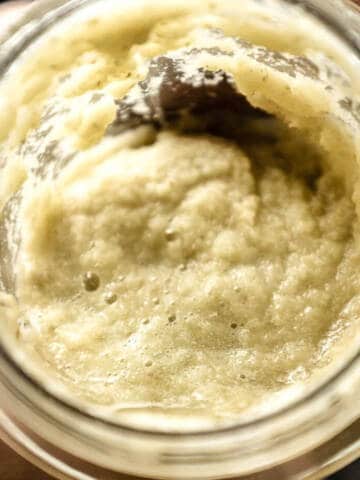
Gavin
Perfect sourdough recipe! Easy to handle and the flax is a good move
Joseph
This seems like an awesome recipe, I've been fostering a starter for the last 14 days, now it's finally ready 🙂 .I'm wondering, can I substitute some of the white flour and ww flour w rye? thanks for sharing, love your site
Charlé Visser
Sounds like a labour of love) Congrats on your new pet. You can substitute the wholewheat for rye. Enjoy and let me know on Instagram if you run into problems. Send me pics etc.
KC
This recipe is excellent - Thank you for sharing! I reduced everything by half and it yields a gorgeous and delicious small boule.
Ruth
Delightful bread. I made it in a Dutch oven and it has a very nice spring, crusty outside, and soft inside. The flax meal gives it more texture and depth of flavor. A+!
Charlé Visser
Happy you liked it! Love the flax. Does a real good job!
Jane
Thank you so much for this recipe, just baked a tasty loaf. If I wanted to make a larger loaf how would I do that?
Charlé Visser
Welcome! Simply times the recipe by 1.5
Paulette Groth
Can you rest it overnight on the counter, or do you need to put it in the fridge?
Charlé Visser
If your counter is cold, then yes, but best in the fridge.
melanie roberson
what temp is good when you mention boiling water then sitting before adding
Amber
Thanks for this recipe! Just wondering if I cook this in a dutch oven with the lid on, how should I adjust the cooking times?
Charlé Visser
Same cooking times. Have a little peak after 20 minutes then decide if you want to remove the lid completely or keep it on. Incase you want a bit of singe.
Deborah
I made this with modifications. I I bulk fermented for about 8 hours ( after stretch n fold ) . I then cold proofed for about 24 hours . Baked in Dutch and wow what a great bread !
deborah
HI , just wondering if there is a reason you don't bulk ferment at room temperature and then a cold retard ? I am new and it goes against what Im reading. I've doubled the recipe this time and might try it as the recipe says. Last time I bulk fermented at room temp and cold retard , it was great.
Charlé Visser
During the resting and folding it bulk ferments. If your kitchen is cool or simply around room temp it is a great idea to add the extra bulk ferment like you've done!
Julia
Just made this and love it! Only thing I did differently was let it BF longer before putting in fridge. TY
Natalie
Hi Pants Down!
Would this recipe work with a blend of rice, potato and tapioca flours? Aldo an addition of psyllium husks?
Charlé Visser
No, for gluten-free you would need another recipe as the sourdough contains gluten.
Instead of sourdough, use fresh yeast (12 grams) or dry yeast(6 grams).
Substitute the flour directly for gluten free mix.
Bake in a bread loaf tin lined with greased parchment paper.
Natalie
I have a gluten free starter that I want to use. With that said, would the blends work and if so, what measurements do you suggest.
Charlé Visser
400 grams gluten free flour blend
30 grams flax meal
220 grams water
150 grams gluten free starter
8 g salt
I would start with the above. Adjust with either gf flour or water depending and if needed.
The mix should not be too stiff. Rather bake it a bread tin and a loser dough. Otherwise you will have a brick.
I also like adding Psyllium like you mentioned when doing gluten free breads. For this would do 3 grams. Should be plenty.
Makes a gel like flax that helps make it even more fluffy and like actual bread.
Let me know how it goes and what adjustments you made!
Good luck
Natalie
This is great, thanks!
What measurements of each:
rice flour
tapioca flour
potato starch
should I use to get the 400 grams of GF flour blend?
Charlé Visser
300 grams rice flour
80 grams potato starch
20 grams tapioca flour